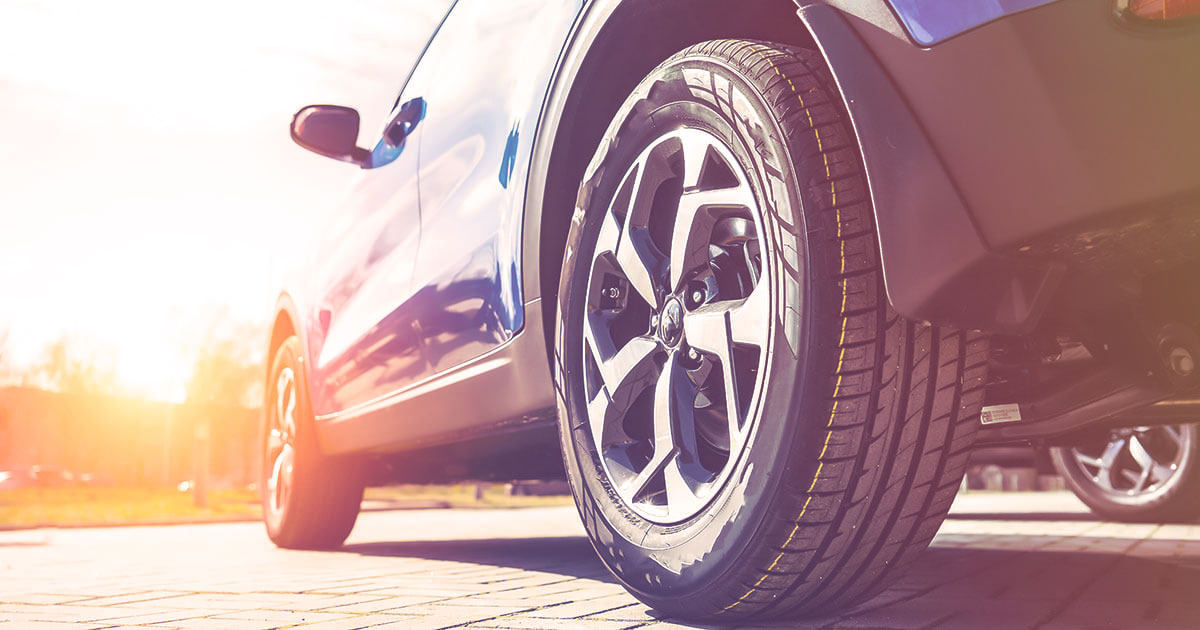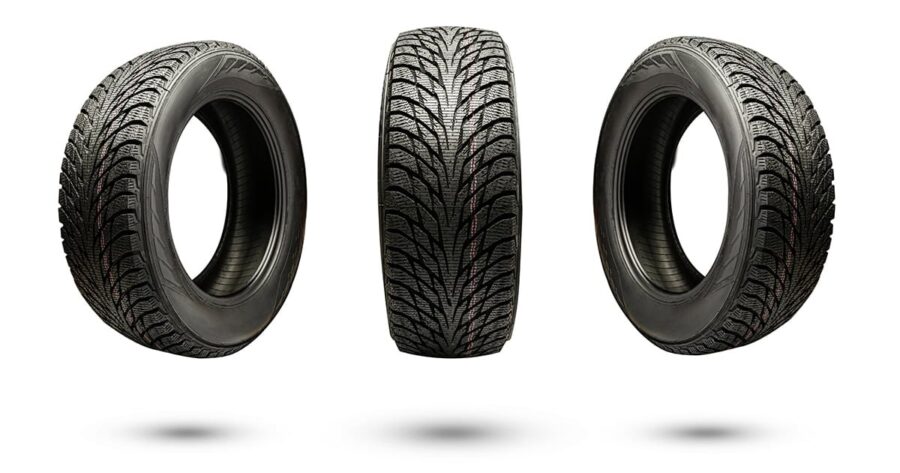
The development of car tires
They are the link between the car and the road and convey safety when driving, whether in summer or winter: car tires.
We explained how to change your car tires yourself and what the difference is between summer and winter wheels, but how did the now so adaptable car tires actually become what they are now?
The history of the car tire begins with a tire made entirely of rubber. The big downside: The tire was hard and unyielding. A better solution was needed, and this change paved the way for the switch from the carriage to the car. John Dunlop came up with the idea of inflating the rubber hoses. His patent for inflated bicycle tires in 1888 was a big step towards driving comfort and driving possibilities. These tires not only worked well on bicycles, but they were also quickly used for cars.
A year later, Édouard Michelin developed the first pneumatic tires with tubes. And if these names sound familiar: Yes, the brands Dunlop and Michelin were named after these inventors.

Complex tire structure for more safety
Another important development then concerned the structure of the tires. Until the Second World War, all tires were bias tires. This means that the different layers of a tire cross diagonally. To make the tires safer and more durable, the arrangement of the layers was changed. Tires today are mostly radial tires with the layers running transversely to the direction of travel. The big advantage of radial tires is that they can better compensate for bumps in the road, have better grip and are more stable.
Over the years there were always new developments that helped make tires more stable, safer and quicker to change. The structure of the tires was changed, or the rubber compound was adjusted. Tires are now quite complex. Only the tread is visible from the outside, i.e., the layer that touches the road. Underneath are various components consisting of different synthetic fibers that are embedded in rubber and connect to the rim by steel wires.
For example, run-flat tires have been around since the 2000s. Even in the event of damage, they allow you to continue driving at low speed and reach the nearest workshop. If a tire bursts, the vehicle lowers significantly less than without run-flat tires, which minimizes the risk of an accident. This is made possible by the thicker sidewalls of the tire. Because of them, the tire can carry the weight of the car even in a damaged state.
The air will be out soon
A look into the future also shows that safety is still the top priority. After the development of the air-filled tire was a huge advance in the automotive world, Michelin is now planning to do without air in the tires again. In 2024, a tire made of rubber, polyester resin and carbon fiber and firmly attached to the rim is due to come onto the market. Due to the nature of the materials, bumps in the road should be absorbed and dampened, and thanks to the lack of air, flat plates should be a thing of the past.
